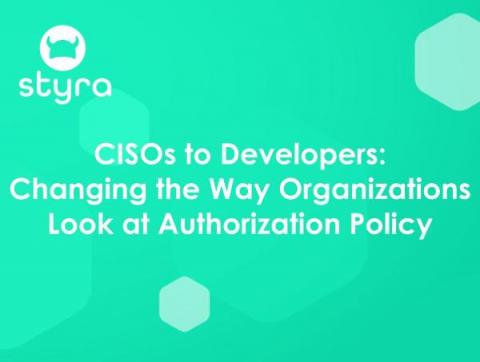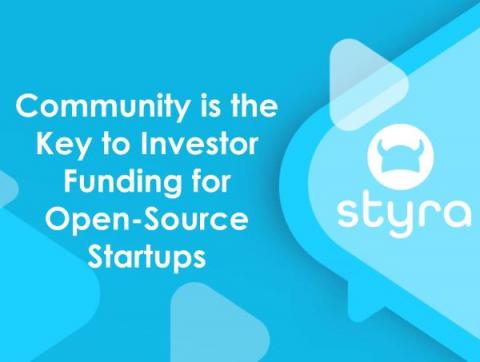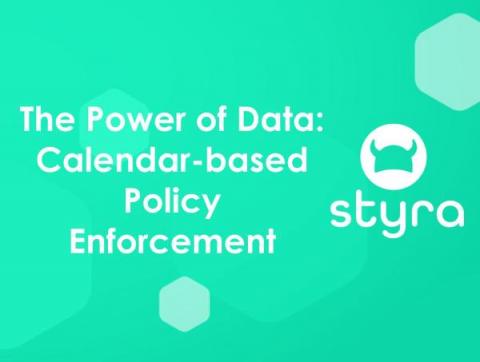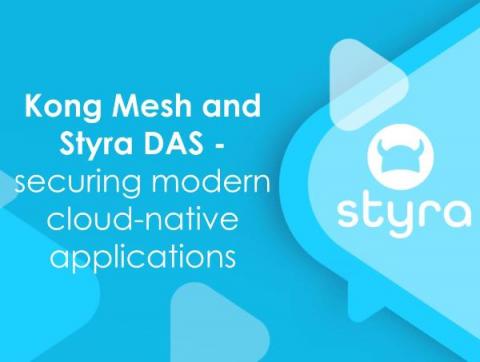Three-Body Problem for Policy: Policy, Data and Software
In the early days of Styra when we were creating Open Policy Agent (OPA), we had a singular goal in mind: help engineers enforce any policy over any piece of software. We wanted people to be able to write any policy they’d like, whether it be about complex resources managed by Kubernetes or public cloud, APIs routed through gateways or service meshes, data stored in relational or document databases, application deployments controlled by CICD pipelines, and so on.











